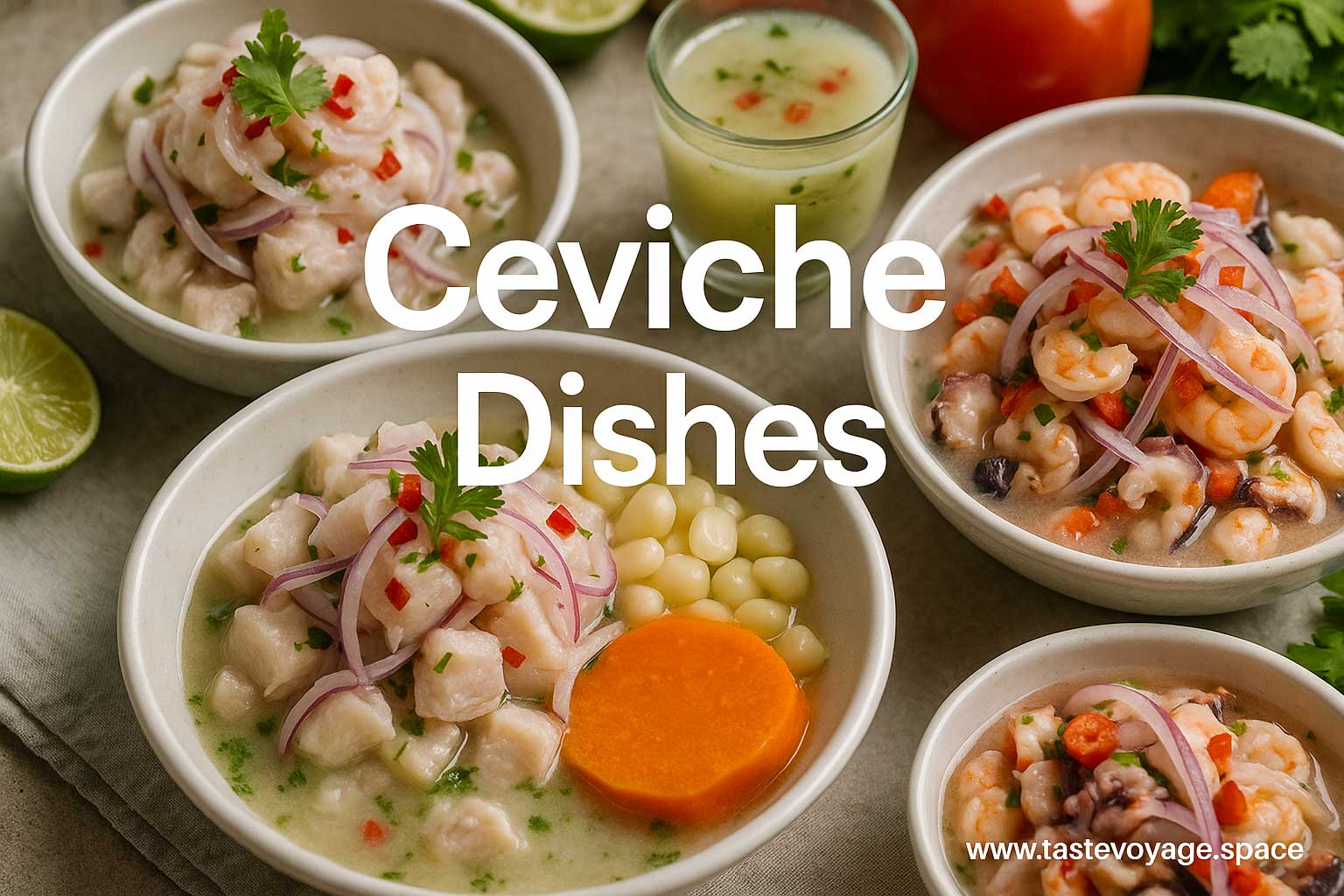Ultimate Guide: How to Pick the Best Fish for Ceviche
Travel the World Through Food >> Ceviche Dishes>>Peruvian cuisine>> Ultimate Guide: How to Pick the Best Fish for Ceviche
Ultimate Guide: How to Pick the Best Fish for Ceviche
The Cultural Significance of Fish Selection in Ceviche
Ceviche is a vibrant and refreshing dish that holds a special place in many coastal cuisines across Latin America. Its popularity stems from its bright flavors and the way it celebrates fresh, local ingredients. Central to the appeal of ceviche is the choice of fish—an ingredient that not only influences the dish’s texture and flavor, but also reflects regional culinary traditions. Understanding How to select the right fish elevates the experience and honors the dish’s cultural roots.
The Role of Fish in Ceviche Tradition
In traditional ceviche recipes, fish serves as the star ingredient. Its freshness is paramount because it forms the foundation of the dish’s delicate balance of flavors. Different regions have their preferred types of fish, often based on what is locally available. For example, in Peru, corvina (sea bass) is highly prized, while in Mexico, firm white fish such as halibut or tilapia are common choices. This regional variation adds a layer of cultural richness, showcasing the diversity of ceviche styles.
The process of selecting fish for ceviche is steeped in culinary wisdom. Freshness is key because the fish is typically “cooked” in citrus juice rather than heated over fire. The quality of the fish directly impacts the dish’s safety, texture, and taste. Historically, communities have relied on their knowledge of local fisheries and seasonal availability to choose the best fish for ceviche, maintaining a deep connection to their environment and traditions.
Factors to Consider When Choosing Fish for Ceviche
Choosing the right fish involves more than just picking a firm, white fillet. It requires an understanding of several important factors:
-
Freshness: Always choose the freshest fish available. The aroma should be clean and mildly briny, not fishy or sour. The flesh should be firm and resilient, bouncing back when pressed.
-
Texture: Firm fish with a dense texture holds up well in the citrus marinade, maintaining its integrity throughout the preparation. Flaky or overly soft fish may disintegrate or become mushy.
-
Flavor Profile: The fish should have a mild flavor that complements the bright acidity of lime or lemon juice used in ceviche. Strong or fishy tastes can overpower the delicate balance of the dish.
-
Sustainability: In recent years, there has been an increased effort to select fish that are sustainably sourced. This not only preserves marine ecosystems but also ensures the longevity of ceviche’s cultural tradition.
Embracing Regional Variations and Respecting Traditions
Different coastal communities have developed their own methods to select and prepare fish for ceviche, respecting local ecosystems and culinary customs. For example, in Peru, where ceviche is a national treasure, corvina is often used, reflecting local fishing practices. Meanwhile, in Central America, mahi-mahi or snapper might be preferred, each adding their own regional character.
By choosing fish that aligns with local customs and sustainable practices, cooks help preserve the cultural significance of ceviche. Each choice in fish selection becomes a nod to tradition, history, and respect for the environment.
Celebrating the Dish’s Culinary Significance
Ceviche is more than just a dish; it’s a celebration of freshness, regional flavors, and culinary craftsmanship. The careful selection of fish underscores its cultural value and highlights the importance of respecting natural ingredients. Whether enjoyed at a seaside festival or prepared at home, ceviche offers a sensory experience that connects us to the coastlines and communities that have nurtured this tradition for generations.
By understanding how to choose the right fish, you honor the essence of ceviche and its rich cultural tapestry. It’s a simple yet profound way to appreciate a dish that has brought joy and refreshment to countless tables across the world.
